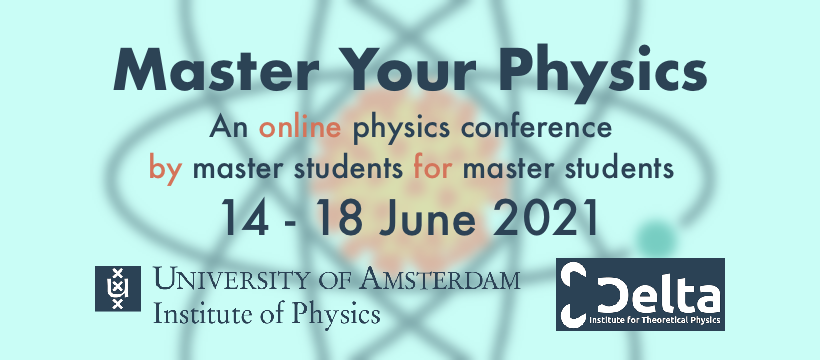Description
From the smallest to largest scales of the observable universe objects tend to spin around their axis. For small asteroids, collisional fragments from the early disk the spin axis distribution is randomized leaving little trace of their primordial spin state. Larger asteroidsand planetary bodies however are observed to have a remarkable preference for a prograde spin axis orientation, i.e. a spin direction aligned to the orbital direction aroundthe star.
Many studies reveal that this strong prograde rotation preference is also present in molecular clouds (Phillips 1999), dark halos (Lee & Pen 2001; Faltenbacher et al. 2002;
Bailin & Stein-metz 2005). and galaxies (Kashikawa & Okamura 1992; Trujillo et al. 2006). The intriguing correlation of spin orientations of objects with their parent structure hint
toward a universal common consequence arising from their formation history.
We present a new mechanism that naturally provides preferentially prograde angular momentum in collapsing clouds. In a general fashion, both mathematically and
numerically, we show that bound collapsing clouds in orbit around a central source undergo an inward center of mass shift toward the central source before the collapse finalizes. The loss of orbital angular momentum in this process converts to excess spin angular momentum with a strong prograde preference, resulting predominantly in the formation of (un)equal mass binary systems. The plethora of spin configurations naturally resulting from the collapse could possibly explain the trend in systematic angular momentum observed, from asteroids to galactic structures.

